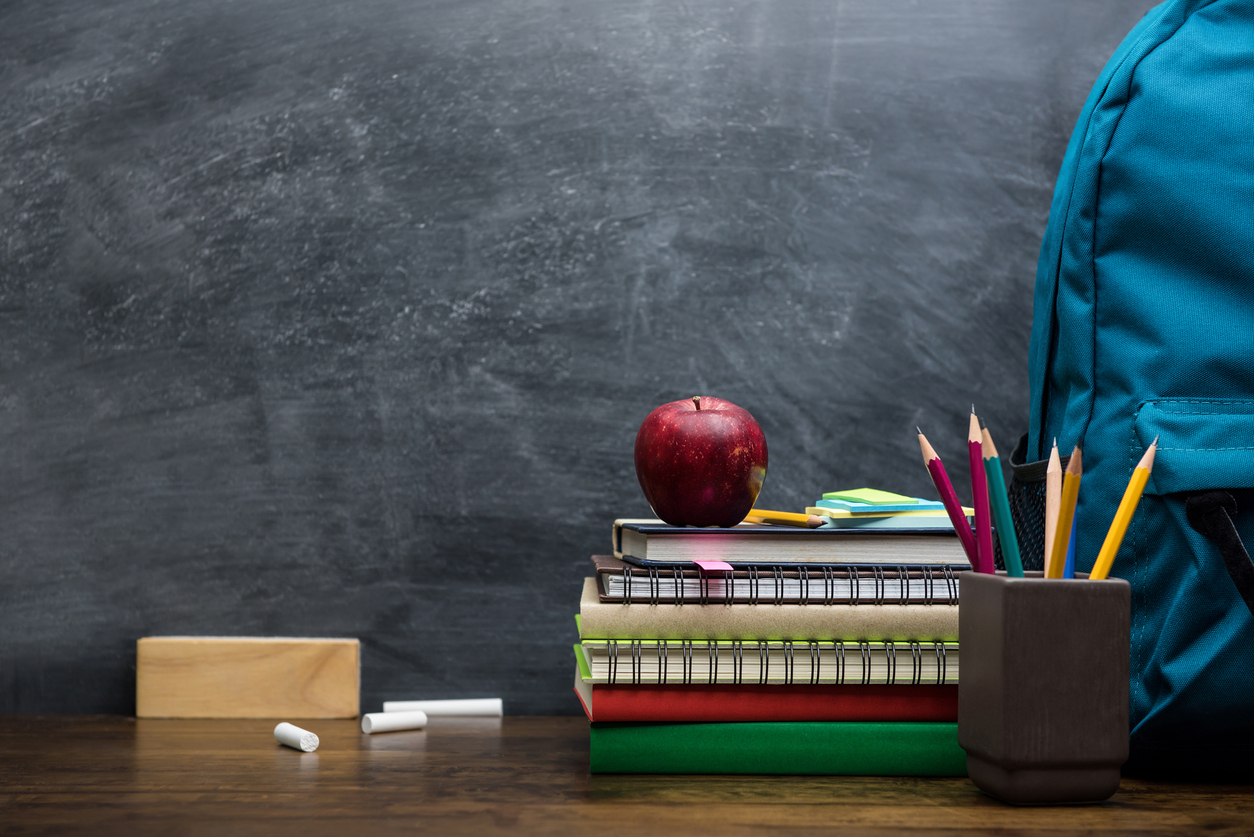Continued Political Cooperation Needed to Reform School Funding Formulas
Homeowners across Greene County and Pennsylvania are paying billions in school property taxes. However, several new ideas and proposals aim to eliminate those taxes and shift the burden to the state.
In some districts in Pennsylvania, more than 60% of the school’s operating budget relies on local property taxes. The state average is 46% (only 7.7% comes from federal funding). Unfortunately, for many of our residents, school taxes are a major financial strain. Higher taxes also constrain growth by disincentivizing people to move here.
One proposed solution in Harrisburg would eliminate school property taxes through a constitutional amendment. If voters approve the amendment, the majority of funding for schools would come from the state. However, questions remain about how the state would make up for the lost billions of dollars.
Some proposals on the table include raising the state income tax or increasing the statewide sales tax.
There are four states that currently rely on some form of state sales tax to primarily fund schools. Virginia, Michigan, Tennessee, and Texas vary in their approaches, but all have formulas that attempt to shift the tax burden from local property taxes.
Decisions would need to be made on which items would be taxed. Increases in so called “sin taxes” and legalizing marijuana are usually more popular than across the board taxes. However, Governor Rendell originally sold legalized gambling as the panacea that would eliminate school property taxes. We see how well that worked out.
Furthermore, a Commonwealth Court judge recently ruled the system Pennsylvania uses to fund its public schools is unconstitutionally inequitable. She ordered it to be overhauled but didn’t say precisely how. She left that up to the legislature, executive branch, and educators.
Since then, a bipartisan legislative commission studied the issue. After a series of statewide hearings, the panel approved a report that proposed pouring billions of new dollars into the state’s K-12 education system. Many lawmakers from both parties agreed on at least one thing: More state education funding is necessary.
Last year, the legislature passed a cooperative funding bill that addressed many of the problems with “equity funding”. At present, the commonwealth is sitting on an educational budget surplus due to federal pandemic aid and higher than expected tax revenue. The size of the state’s reserves and the potential future financial obligations to meet the court order have supercharged the debate heading into budget negotiations.
Unfortunately, the state’s Independent Fiscal Office has predicted growing educational deficits beginning as soon as next year. Policy analysts across the political spectrum have acknowledged that Pennsylvania’s annual expenses continually outgrow annual tax revenues.
Some of the new spending went to underfunded districts to ease property tax burdens in high-tax districts, funding for school infrastructure upgrades, and expanded mental health resources. Add in annual increases to keep up with inflation, and that surplus goes quickly.
Complicating any tax increase discussion is a provision in the Pennsylvania Constitution known as the “uniformity clause,” which prevents lawmakers from levying higher taxes solely on higher earners. Statewide polling found the most popular option to pay for increased education funding was raising taxes on the rich. However, if enacted, such a proposal would likely be found unconstitutional by the PA Supreme Court -as it was in the 1930s. As a result, Pennsylvania has the 4th most regressive tax structure in the nation, according to a recent report by the Institute on Taxation Pennsylvanians pay an average of $6,259 each year in state and local taxes. This disproportionately impacts the bottom 20% of households (those making less than $22,100 a year), who pay 15.1% of their household income in taxes. That’s the highest burden on the bottom quartile of earners in the country. Meanwhile, the top 1% of earners in Pennsylvania (those who make more than $746,300) pay only 6% of their annual income to state and local governments in taxes.
Educational funding is not a simple problem as is further illustrated by the “adequacy target” – another Commonwealth Court ruling that states all students must receive a “thorough and efficient” education when it comes to the resources needed to meet state standards. A study by Penn State found that Pennsylvania’s schools are underfunded in this regard by 6.2 billion dollars, with the majority of underfunded schools in poor districts.
It will come as no surprise that even after (or if) this money is allocated, Republicans and Democrats will struggle in implementing the changes because they differ on interpretations of the “school code” and how the money should be spent.
Some believe charter school reform could be part of the solution to fair funding. School districts are responsible for paying the tuition of students who live in their district who choose to attend cyber school.
Many educators believe this is nothing more than a misguided subsidy for a private business model. During the 2022-23 school year, Pennsylvania cyber charters spent more than $21 million on advertising and gift cards. One particularly poor-performing school owns more than 40 buildings with assessed values of over $43 million.
Even though cyber charter schools don’t have the same costs associated with brick-and-mortar schools (physical classrooms, energy costs, food service, maintenance, or transportation), they get paid the same per-student rate as the local public school district’s budget.
Moreover, students enrolled in Pennsylvania cyber charter schools are less likely to graduate. Last year, the state’s cyber charter schools had an overall graduation rate of 65% compared to 88% across traditional school districts. In addition, students at public schools are more proficient in reading, math and science than those at cyber charters.
No doubt there will be other contentious items on spending including school security and safety, mental health programs, and procedural and behavioral initiatives. However, regardless of the outcome of this morass of red tape and philosophical differences, we need to have Harrisburg continue to pick bipartisan low-hanging fruit on educational funding reform if our local schools are to survive.
